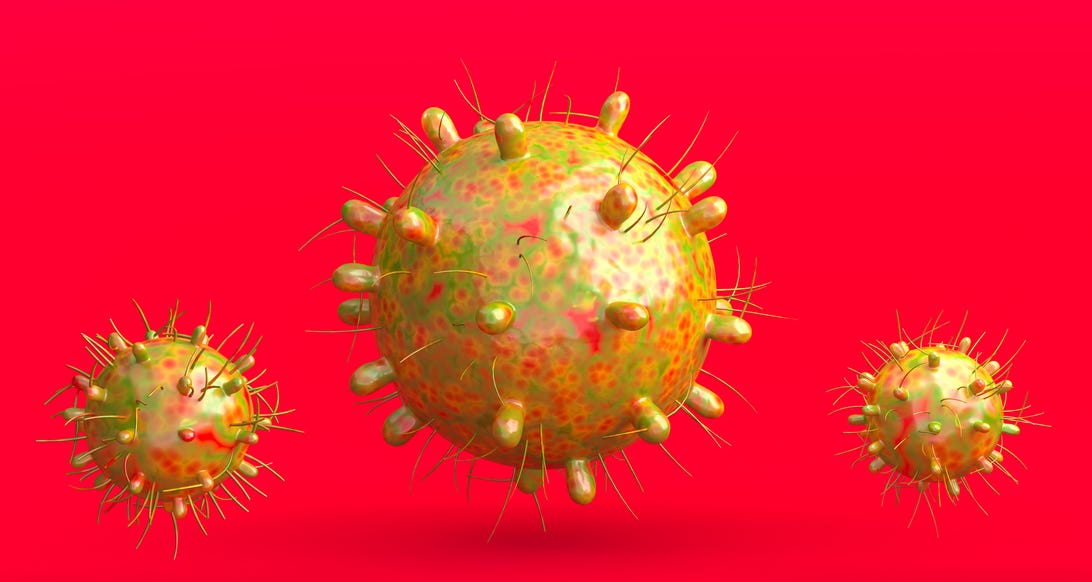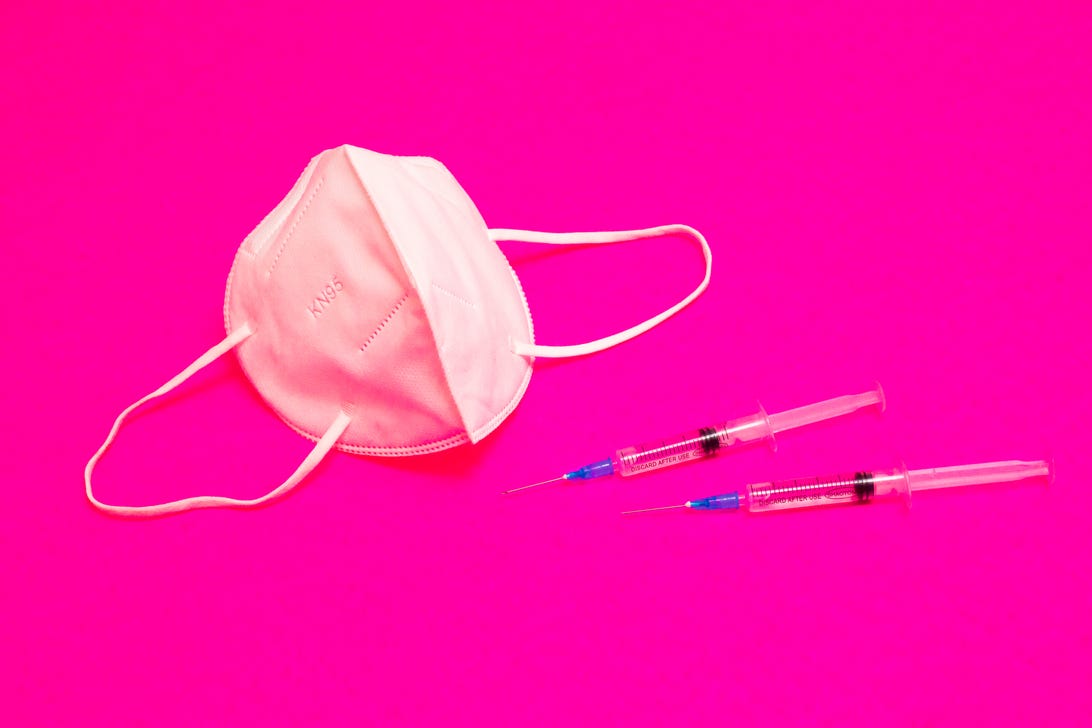

BA.2, also called "stealth omicron," is the dominant variant in the US, responsible for 72.2% of COVID-19 cases the week ending April 2, according to the US Centers for Disease Control and Prevention.
Health officials have been watching to see how the more contagious version of omicron spreads in the US, and whether it will cause another large wave like it did in Europe. The UK, in particular, has been foreshadowing COVID-19 trends in the US. But while there are a "handful" of communities experiencing an increase in COVID-19 cases and hospitalizations, cases on the national level "remain relatively low compared to prior points in the pandemic," CDC Director Dr. Rochelle Walensky said Tuesday at a White House press briefing.
Walensky added that the agency will continue to look at local data, and also called on communities to monitor their own level of COVID-19 in the community, which uses COVID-19 case numbers, hospitalization capacity and other factors to measure the risk by county.
While BA.2 is more contagious than the original omicron (BA.1), available data doesn't show it causing more severe disease, according to a late February statement by the World Health Organization. Health officials expect vaccine effectiveness to be comparable to that of the original omicron, and it's likely most people in the US have some immunity from COVID-19 vaccines, booster shots and prior infection with the virus.
To boost protection in people most vulnerable to severe disease, the CDC signed off recently on second COVID-19 boosters for adults age 50 and up, as well as other individuals at higher risk.
Here's what we know about BA.2.
Read more: Who Is Eligible for a 4th COVID Shot?
Why is it called "stealth omicron"?
Scientists in South Africa were able to quickly identify omicron as a new variant this winter because of the way it presents through PCR tests. The original omicron causes a dropped signal or marker on the test that sets it apart from delta, which was the dominant variant prior to omicron. Omicron BA.2, however, doesn't have the same signal, called an S gene target failure. This makes it more stealthy, though genomic sequencing (which happens to about 10% of COVID-19 PCR tests in the US) will detect all omicron subvariants and coronavirus variants in general.
Read more: After 2 Years of COVID, Scientists Still Don't Have Answers to These Vital Questions

What are the symptoms of BA.2?
Data available currently suggests that BA.2 doesn't cause more severe disease than the original omicron variant, even if it is more transmissible. (The WHO notes that the transmission difference between original omicron and stealth omicron is smaller than the difference between delta and omicron.)
There isn't research available right now to suggest BA.2 causes different symptoms than the original omicron variant. For many people who catch COVID-19 (especially those who are fully vaccinated or boosted), COVID-19 symptoms resemble cold symptoms and you should stay home if you're sick.
According to the COVID symptom tracking app Zoe, the top five COVID-19 symptoms in December were runny nose, headache, fatigue, sneezing and sore throat.
Read more: Is It Allergies or COVID? How to Tell the Difference
Is BA.2 more severe? Can you get omicron twice?
One early Danish study, which hasn't been peer-reviewed, found no difference in hospitalization rates between the original omicron variant and BA.2. This is in contrast to another preliminary study from researchers in Japan who found that BA.2 may be different enough from the original omicron variant to be considered a whole new variant and could also be more severe.
The WHO, considering all available the real-world data, concluded there's no reported difference in severity between omicron BA.1 and BA.2, despite its growth advantage.
"BA.2 has a whole mess of new mutations that no one has tested," Dr. Jeremy Luban, a virologist at the University of Massachusetts Chan Medical School in Worcester, told Nature in February. Like previous variants and subvariants, scientists need to observe the virus in the real world to determine the significance of those mutations.
Like the original omicron, BA.2 makes our vaccines less protective against infection than earlier variants, but there isn't data now to show whether we're worse off with BA.2. In a March 8 statement, the WHO said that while there are cases of people getting sick with BA.2 after they've already had COVID-19 caused by omicron, early data suggests that infection with BA.1 provides "substantial protection" against BA.2, at least for a while.
The information contained in this article is for educational and informational purposes only and is not intended as health or medical advice. Always consult a physician or other qualified health provider regarding any questions you may have about a medical condition or health objectives.









 Add Category
Add Category